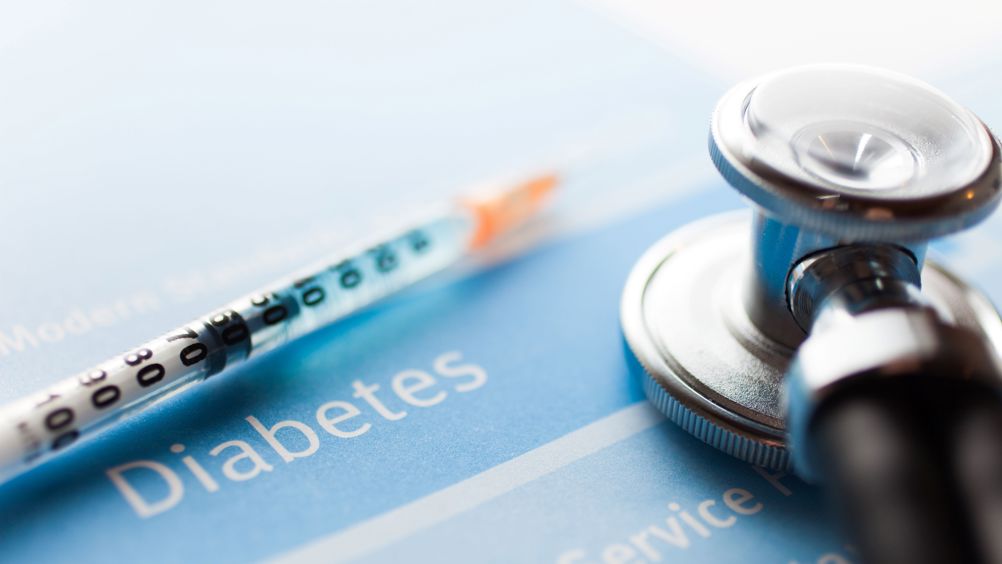Reinforcement learning shows promise for diabetes dosing
A new study from the University of Bristol has shown how the same type of machine learning used to teach self-driving cars and chess algorithms could be used to manage insulin dosing for diabetics.

Known as reinforcement learning, the method uses an algorithm that learns from patient records, using decisions made by patients rather than trial and error to inform dosing decisions. The Bristol team found that the approach significantly outperformed commercial blood glucose controllers in terms of safety and effectiveness to refine insulin dosing and controlling blood sugar. The work is published in the Journal of Biomedical Informatics.
“These machine learning driven algorithms have demonstrated superhuman performance in playing chess and piloting self-driving cars, and therefore could feasibly learn to perform highly personalised insulin dosing from pre-collected blood glucose data,” said lead author Harry Emerson from Bristol’s Department of Engineering Mathematics.
“This particular piece of work focuses specifically on offline reinforcement learning, in which the algorithm learns to act by observing examples of good and bad blood glucose control. Prior reinforcement learning methods in this area predominantly utilise a process of trial-and-error to identify good actions, which could expose a real-world patient to unsafe insulin doses.”
Register now to continue reading
Thanks for visiting The Engineer. You’ve now reached your monthly limit of news stories. Register for free to unlock unlimited access to all of our news coverage, as well as premium content including opinion, in-depth features and special reports.
Benefits of registering
-
In-depth insights and coverage of key emerging trends
-
Unrestricted access to special reports throughout the year
-
Daily technology news delivered straight to your inbox










Water Sector Talent Exodus Could Cripple The Sector
Maybe if things are essential for the running of a country and we want to pay a fair price we should be running these utilities on a not for profit...